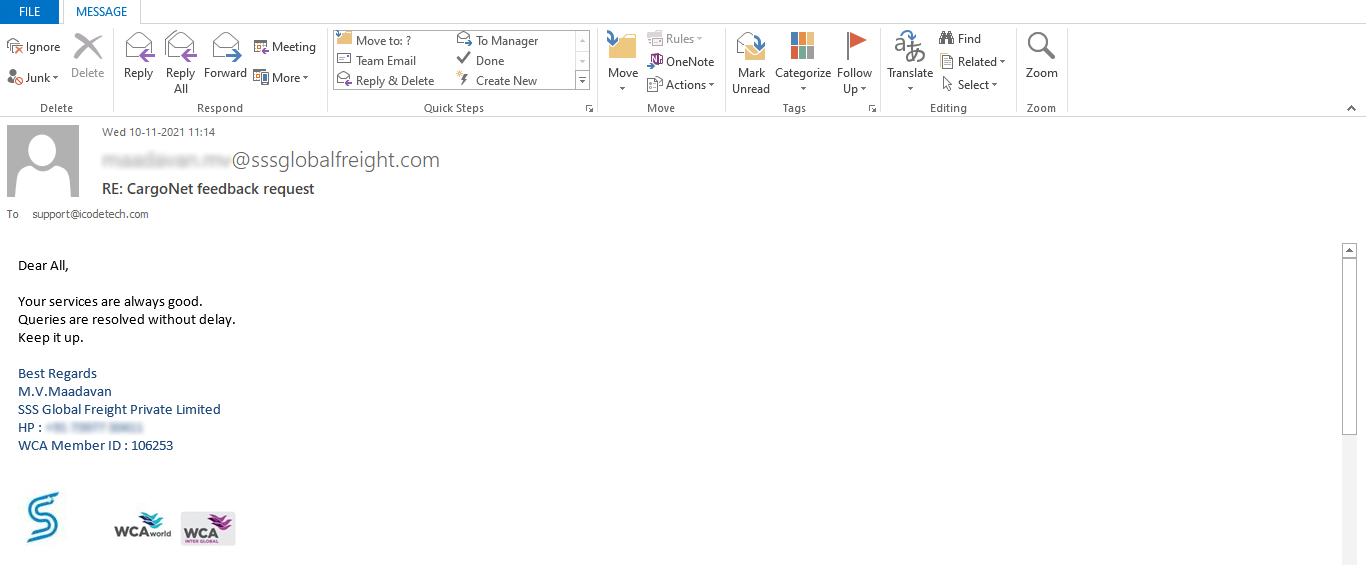In today’s interconnected world, logistics and e-commerce have merged into a complex web of operations, where the efficient movement of goods is pivotal to success. At the heart of this intricate ecosystem lies Multi-Carrier Shipping Software—a transformative tool redefining the way businesses manage their shipping processes. Let’s dive into the multifaceted realm of this software, uncovering its significance, features, and challenges in the logistics landscape.
Defining Multi-Carrier Shipping Software:
Multi-Carrier Shipping Software is a robust technological solution tailored to orchestrate and streamline shipping operations across various carriers within a unified platform. It acts as a centralized control center, empowering businesses to manage multiple carriers seamlessly, optimizing shipping routes, and ensuring efficient delivery processes.
The role of Multi-Carrier Shipping Software in modern logistics :
Multi-Carrier Shipping Software plays a central role in modern logistics, streamlining the complexities of managing diverse shipping carriers. Serving as a unifying force, it integrates seamlessly with various carrier systems, offering features like real-time tracking and rate shopping to enhance operational efficiency, reduce costs, and improve the customer experience. This technological solution is crucial for businesses aiming to navigate the challenges of a diverse carrier landscape and stay competitive in the dynamic world of modern commerce.
Challenges Without Dedicated Solutions:
Managing multiple carriers without dedicated shipping solutions poses several challenges. Coordinating disparate carrier systems, manually comparing rates, handling varied shipping requirements, and ensuring accurate tracking become arduous tasks. This complexity often leads to inefficiencies, increased operational costs, delayed order fulfillment, and a compromised customer experience.
Benefits of Multi-Carrier Shipping Software:
This software offers a multitude of benefits for businesses:
- Cost and Time Savings: Through real-time rate shopping, optimized shipping routes, and automation, businesses can reduce costs and save valuable time.
- Enhanced Customer Satisfaction: Accurate tracking, faster order fulfillment, and reliable delivery schedules contribute significantly to an improved customer experience.
- Efficiency Improvements: Streamlined operations, reduced manual errors, and centralized management lead to overall operational efficiency gains.
Key Features to Consider:
When choosing Multi-Carrier Shipping Software, businesses should look for key features such as:
- Real-time Tracking: Providing accurate, up-to-date information on shipment status.
- Rate Shopping: Comparing carrier rates in real time to choose the most cost-effective option.
- Address Validation: Ensuring accurate and standardized addresses to prevent delivery issues.
- Multi-Carrier Support: Seamless integration with various carrier systems for comprehensive coverage.
Multi-Carrier VS Single-Carrier Solutions:
Comparing Multi-Carrier Shipping Software with single-carrier solutions is crucial for businesses making informed decisions. While single-carrier solutions may offer simplicity, multi-carrier software excels in providing flexibility, cost savings, and broader carrier coverage. Businesses should weigh the advantages and disadvantages based on their specific needs, considering factors such as shipping volume, carrier diversity, and long-term scalability.
Conclusion :
In summary, Multi-Carrier Shipping Software is a transformative force in the realm of logistics and e-commerce. Its ability to streamline operations, save costs, and enhance the customer experience positions it as a strategic asset for businesses in an increasingly competitive market. By understanding its role, benefits, features, and challenges, businesses can make informed decisions that propel them towards a more efficient and cost-effective shipping process.

























